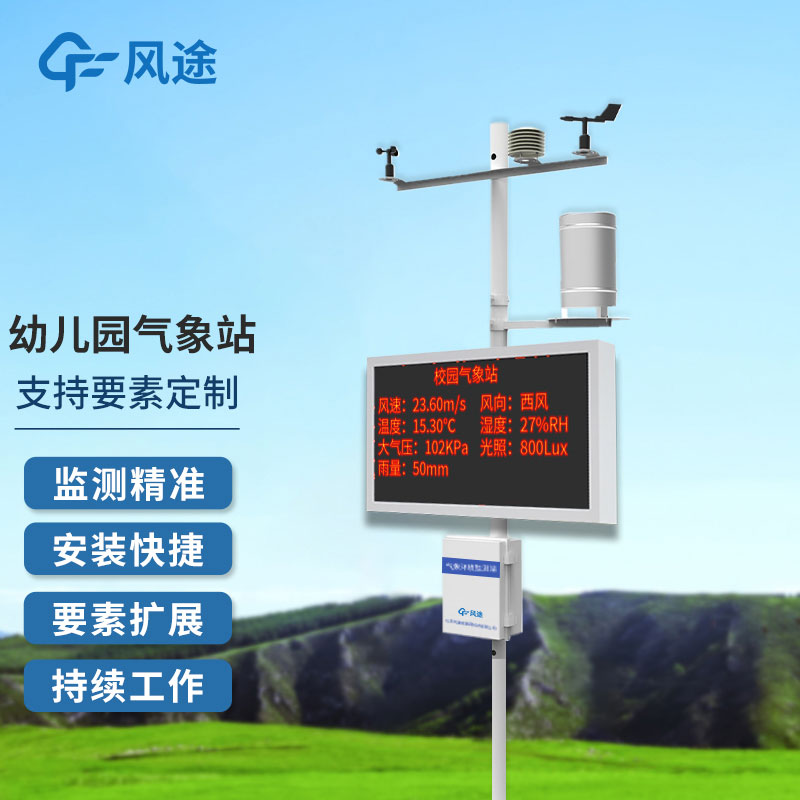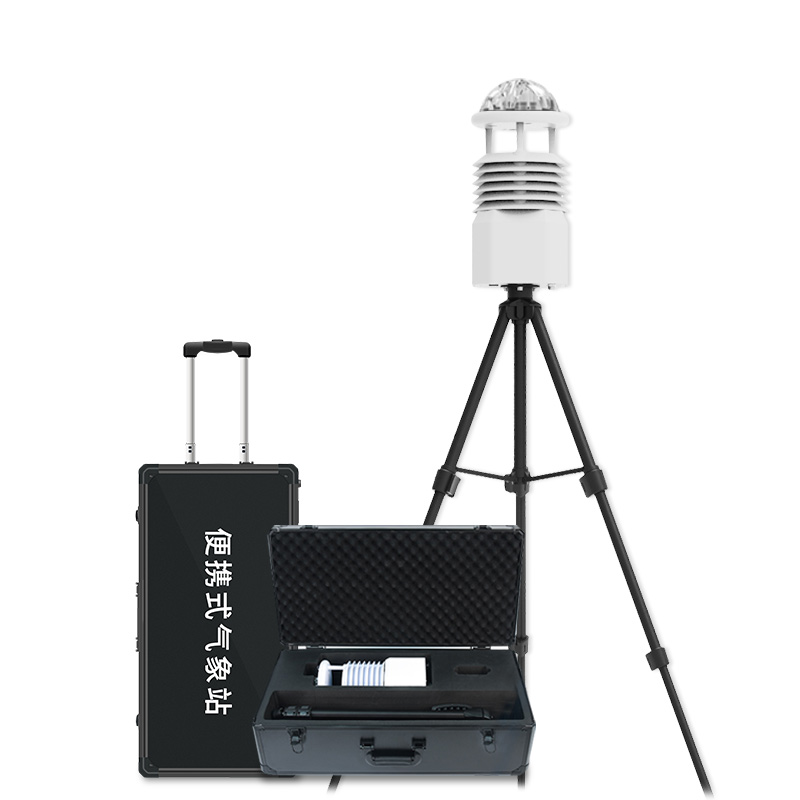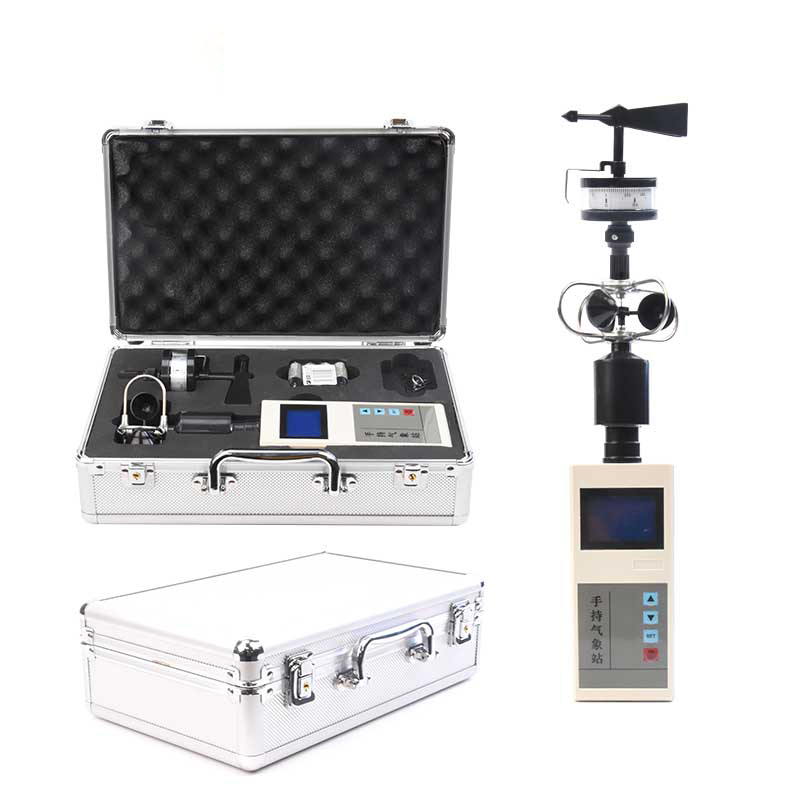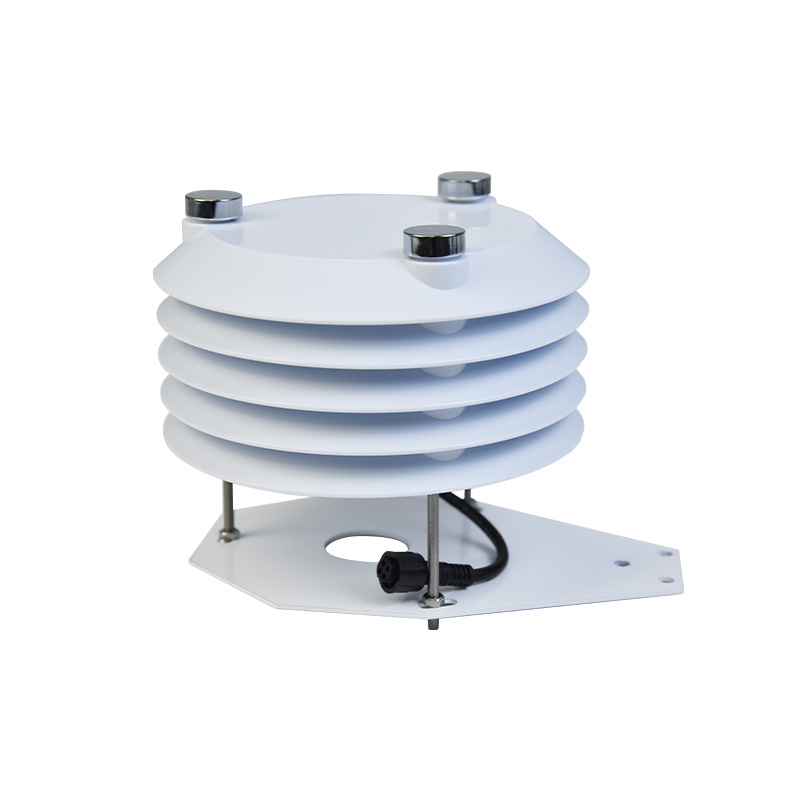Product
Recommended article
- How Forestry Weather Stations Bolster Forest Fire Prevention Efforts
- Discover the Power of Negative Oxygen Ion Monitoring System for Cleaner Air
- Comparative Analysis of Ultrasonic and Automatic Weather Stations in Meteorological Monitoring
- Breaking Through the ‘Last Meter’ with Online Dust Monitoring System
- Mastering Road Conditions with Road Weather Station
- Inhalable Dust Continuous Tester: A Portable Solution for Dust Concentration Monitoring
Contact us
Shandong Fengtu IOT Technology Co., Ltd
Sales Manager:Ms. Emily Wang
Cel,Whatsapp,Wechat:+86 15898932201
Email:info@fengtutec.com
Add:No. 155 Optoelectronic Industry Accelerator, Gaoxin District, Weifang, Shandong, China
Small meteorological monitoring stations for agriculture
Article source:Weather station time:2024-07-09 09:00:22 viewed:25times
Meteorological monitoring stations are classified into different types according to their monitoring capacity and importance, including national climate observatories, national reference climate stations, national basic weather stations, national meteorological observatories and regional automatic weather stations. These stations are responsible for monitoring a wide range of meteorological elements such as barometric pressure, temperature, humidity, precipitation, wind direction, wind speed, evapotranspiration, hours of sunshine, surface conditions, visibility, solar radiation, ultraviolet indices, lightning activity, weather phenomena, extreme low temperatures, ice accumulation on power lines, depth of snow, atmospheric composition, acid rain, and sand and dust storms.
The small meteorological monitoring station is an unattended station that uses remote sensing technology to realise the automated collection, storage and transmission of meteorological parameters. It is capable of real-time monitoring, recording and transmission of key meteorological elements such as air temperature, humidity, barometric pressure, precipitation, wind speed and direction, etc. The frequency of data collection reaches once every minute, while a comprehensive update of data is carried out once every hour, ensuring the continuity and timeliness of monitoring data.
The small meteorological monitoring station has an extremely important impact on the agricultural field, especially farmland and greenhouse greenhouses. It is able to monitor the growing environment of crops meticulously and collect key information about soil moisture, crop growth conditions, and so on, thus achieving a comprehensive understanding of the growing conditions in the field.
Through this monitoring, farmers can track the growth of crops in real time, and identify and solve problems that may affect crop growth in a timely manner. For example, if low soil moisture is detected, farmers can irrigate in a timely manner; if abnormal temperatures are detected, measures can be taken to protect the crop from weather extremes.
When monitored data indicate that crop growth may be limited by unfavourable factors, farmers can respond quickly by taking necessary precautions, such as adjusting planting schedules, improving irrigation systems, or using protective coverings. This ability to respond quickly is critical to ensuring healthy crop growth and improving agricultural productivity.
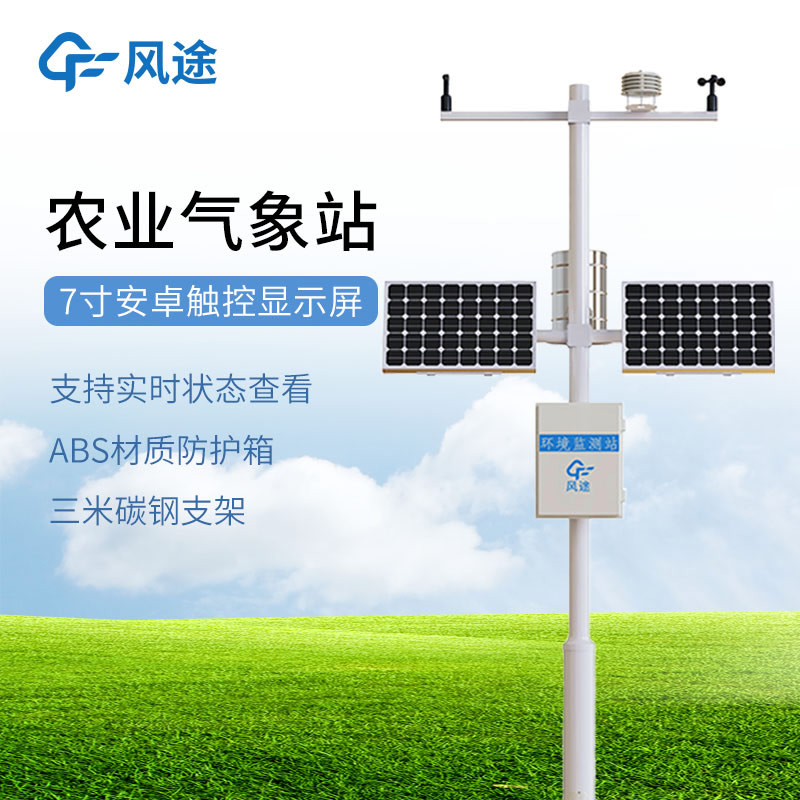
This paper addresses:https://www.yf182.com/industry/430.html
Related products
Related article
-
Dust monitoring and control systems for steel companies
2024-03-19 -
The Intelligent Visibility Monitoring Station: Optimizing Highway Traffic Flow in Low Visibility
2024-11-27 -
What is the Sky Scanner? A handy and useful cloud measuring instrument
2024-05-22 -
IoT weather stations help smarten up agriculture
2024-02-27 -
Advantages of online noise detectors
2024-03-29 -
Classification of automated weather stations
2024-02-19 -
Enhancing Air Pollution Control with Grid-Based Regulation and High-Resolution Monitoring
2024-10-30 -
The Crucial Role of Online dust Monitoring system in Controlling Construction Dust Pollution
2024-11-18


